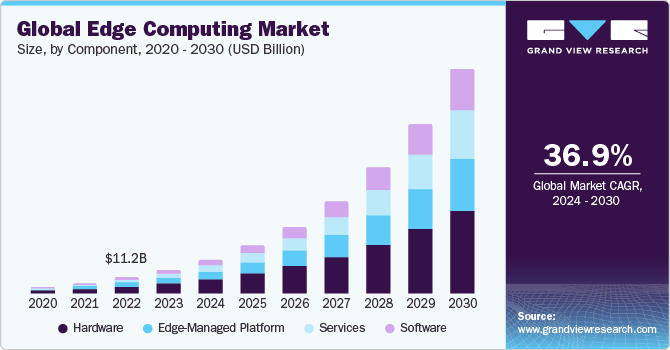
In today’s fast-paced digital world, businesses are constantly looking for ways to improve efficiency, reduce costs, and stay ahead of the competition. One technology that has been gaining traction in recent years is edge computing. Edge computing is a distributed computing paradigm that brings computation and data storage closer to the location where it is needed, rather than relying on a centralized data center.
What is Edge Computing?
Edge computing involves processing data at the edge of the network, closer to where it is generated, rather than relying on a centralized data center. By bringing computation closer to the source of data, edge computing reduces latency and enables real-time data processing. This is particularly important for businesses that rely on real-time data analytics, such as those in the manufacturing, healthcare, and IoT industries.
Benefits of Edge Computing for Businesses
1. Reduced Latency
One of the key benefits of edge computing is reduced latency. By processing data closer to where it is generated, businesses can minimize the time it takes for data to travel back and forth between devices and a centralized data center. This is particularly important for applications that require real-time data processing, such as autonomous vehicles or industrial monitoring systems.
2. Improved Security
Edge computing can also improve security by minimizing the amount of data that needs to be transmitted over the network. By processing sensitive data locally, businesses can reduce the risk of data breaches and protect their sensitive information from unauthorized access. This is especially important for industries that deal with highly sensitive data, such as healthcare or finance.
3. Cost Savings
Edge computing can also lead to cost savings for businesses. By processing data locally, businesses can reduce their reliance on expensive data centers and minimize the amount of data that needs to be transmitted over the network. This can result in lower network costs and reduced bandwidth usage, ultimately leading to cost savings for businesses.
Challenges of Implementing Edge Computing
While edge computing offers numerous benefits for businesses, there are also challenges to consider when implementing this technology. One of the main challenges is managing a distributed network of edge devices and ensuring that they are properly synchronized and maintained. Additionally, businesses will need to invest in the right infrastructure and tools to support edge computing and ensure that their systems are secure and reliable.
Conclusion
Edge computing is transforming the way businesses operate by bringing computation closer to the source of data and enabling real-time data processing. By reducing latency, improving security, and saving costs, edge computing offers numerous benefits for businesses across a wide range of industries. While there are challenges to implementing this technology, the potential rewards make it a worthwhile investment for businesses looking to stay ahead of the competition in today’s digital economy.
Overall, edge computing has the potential to revolutionize the way businesses operate and provide them with a competitive edge in an increasingly digital world.